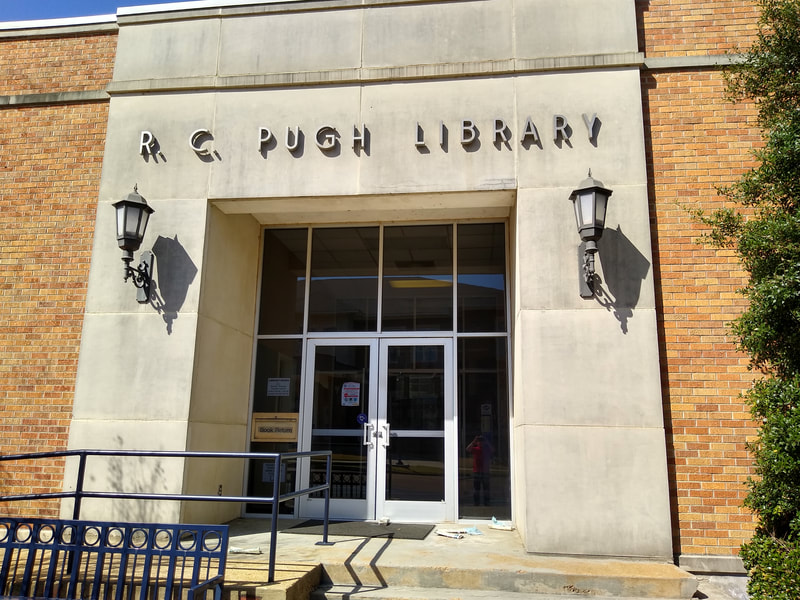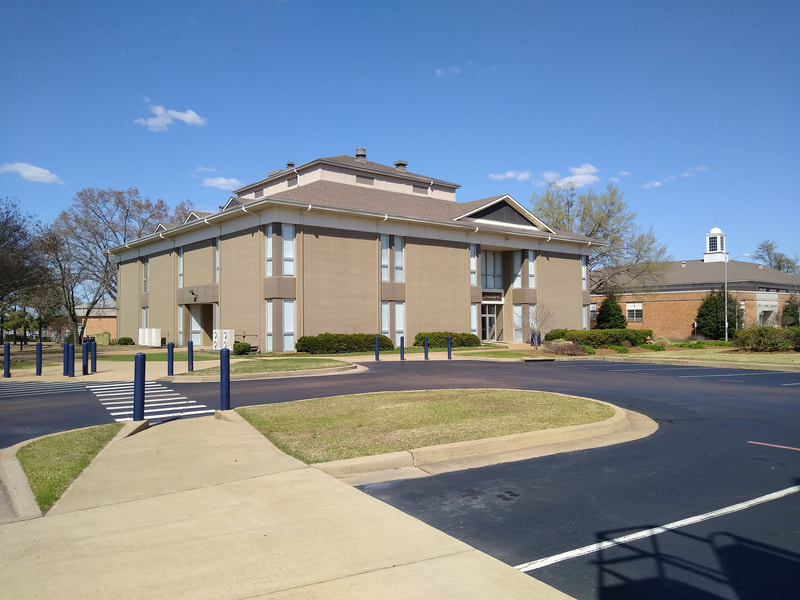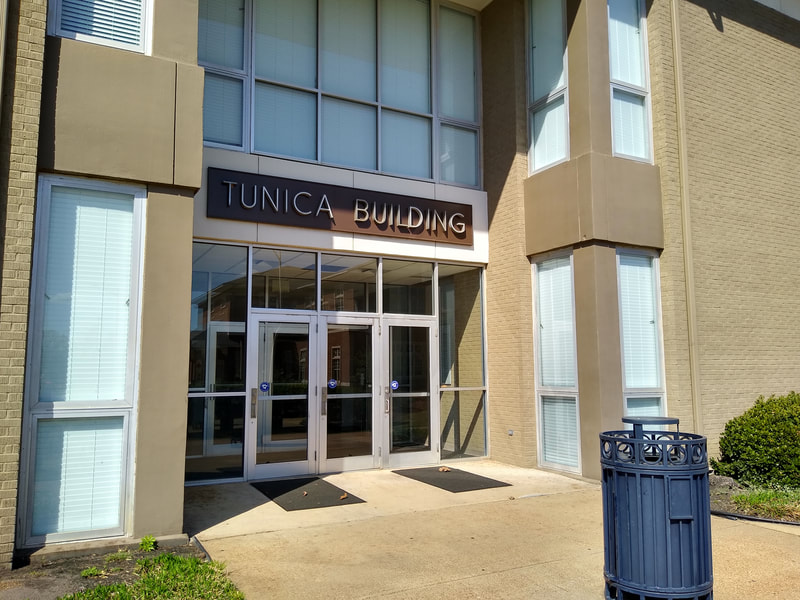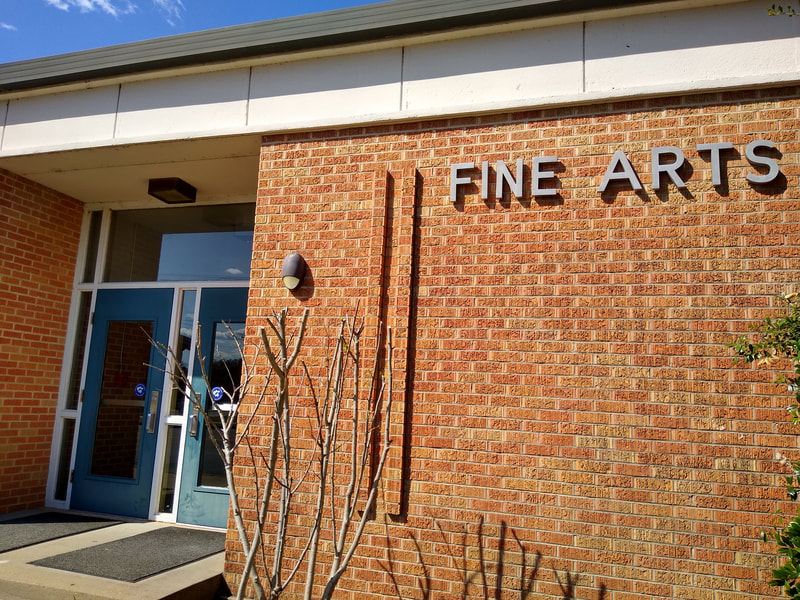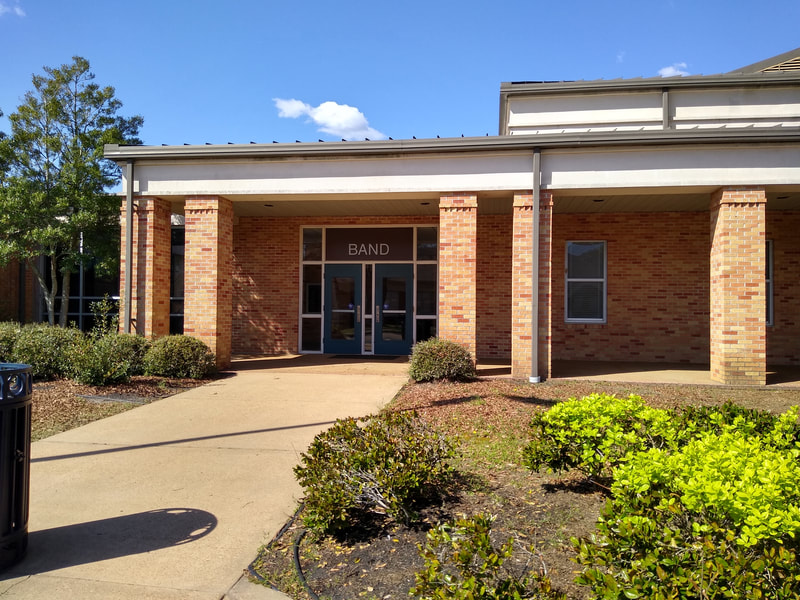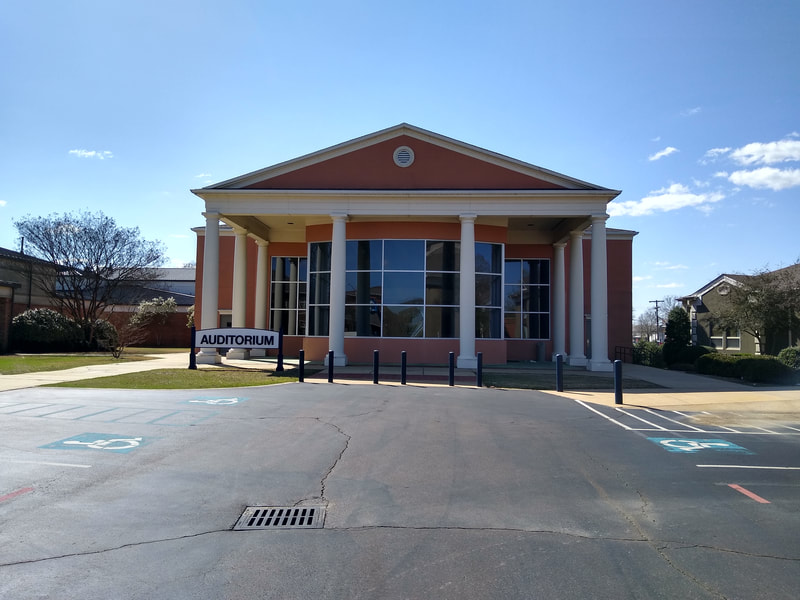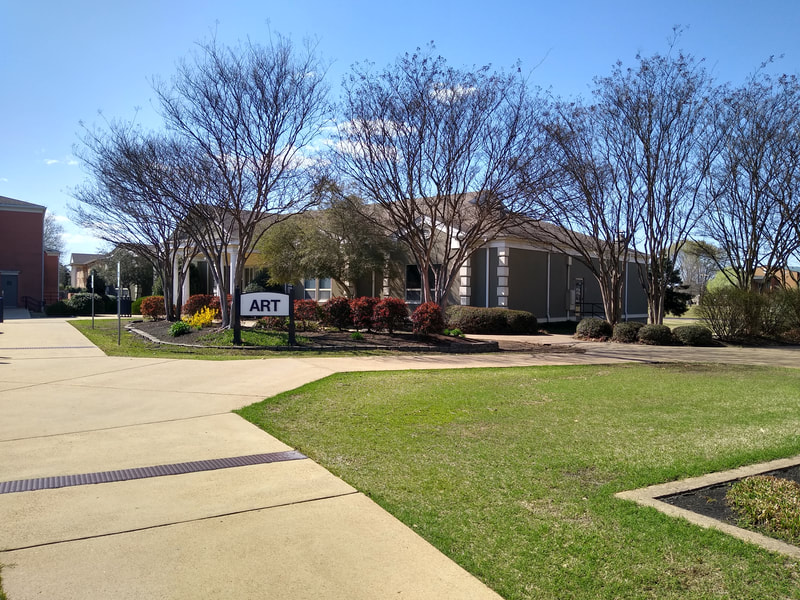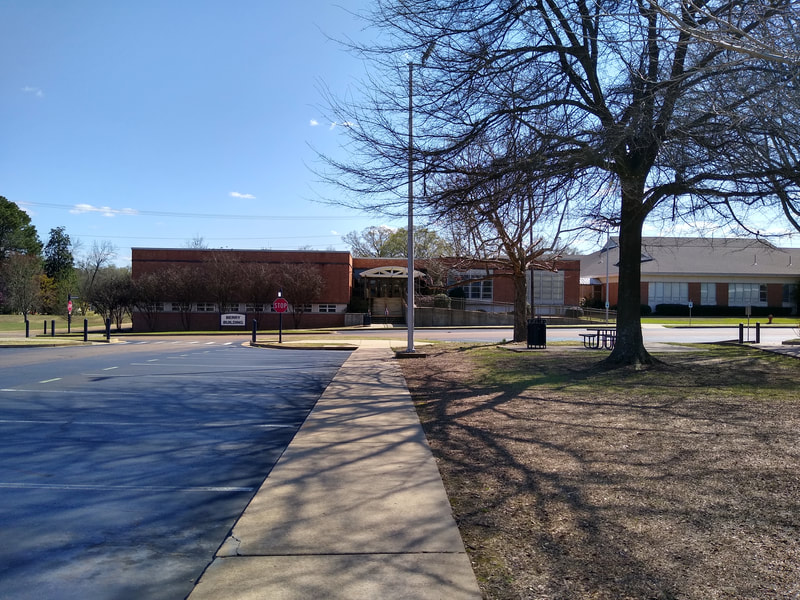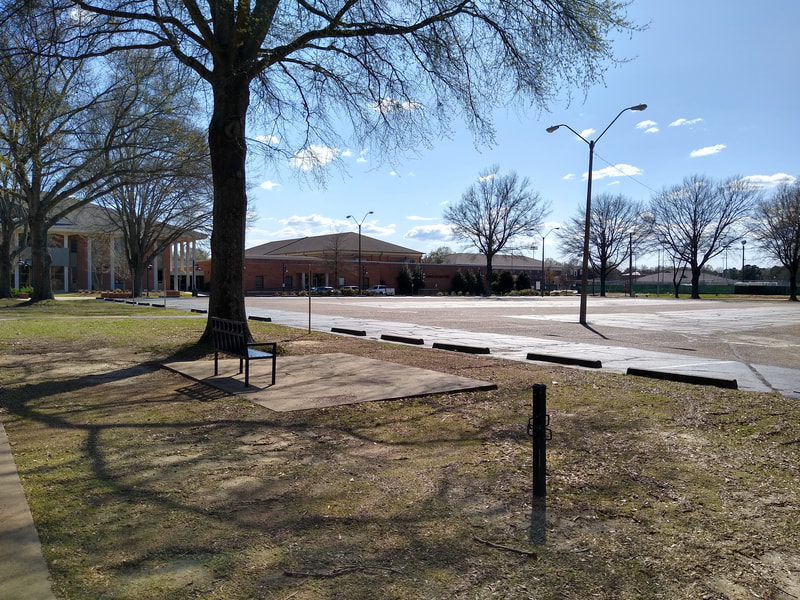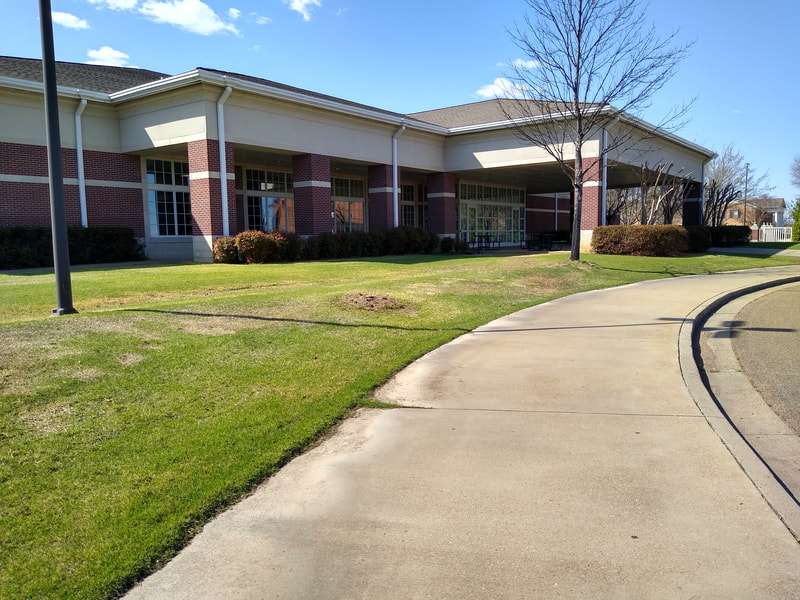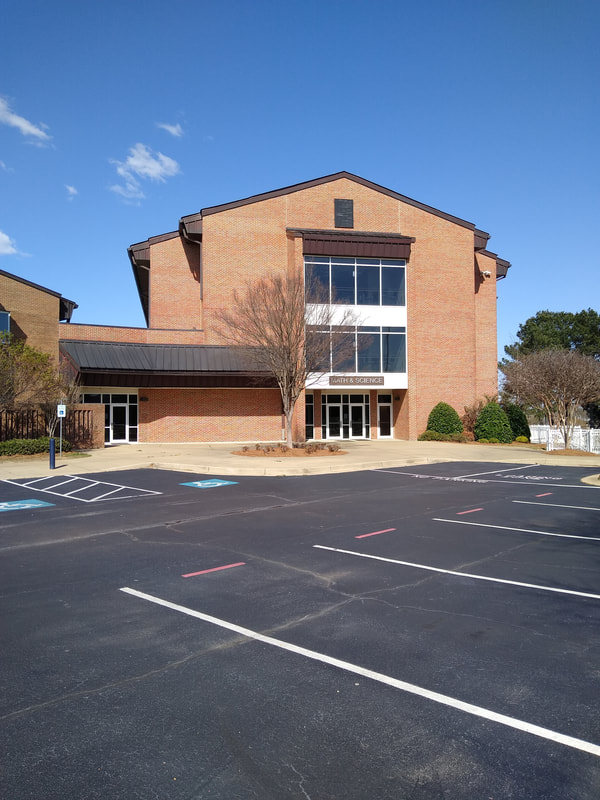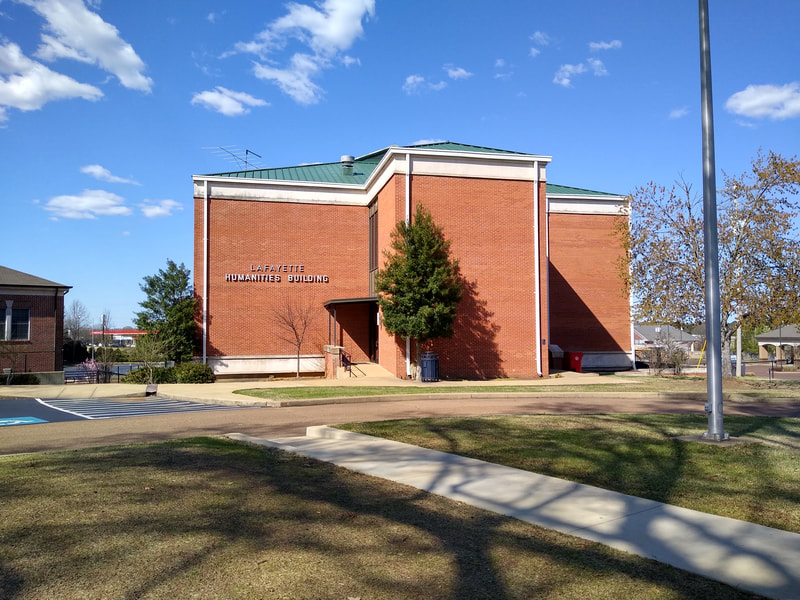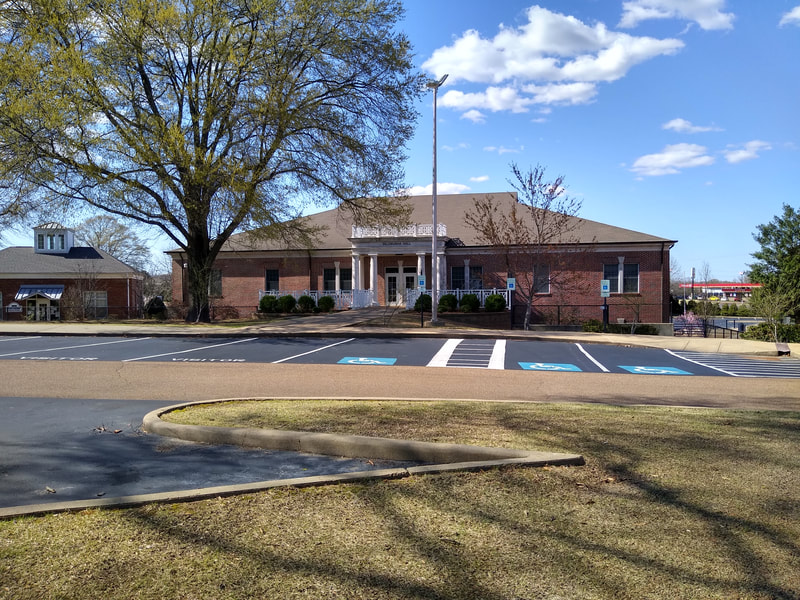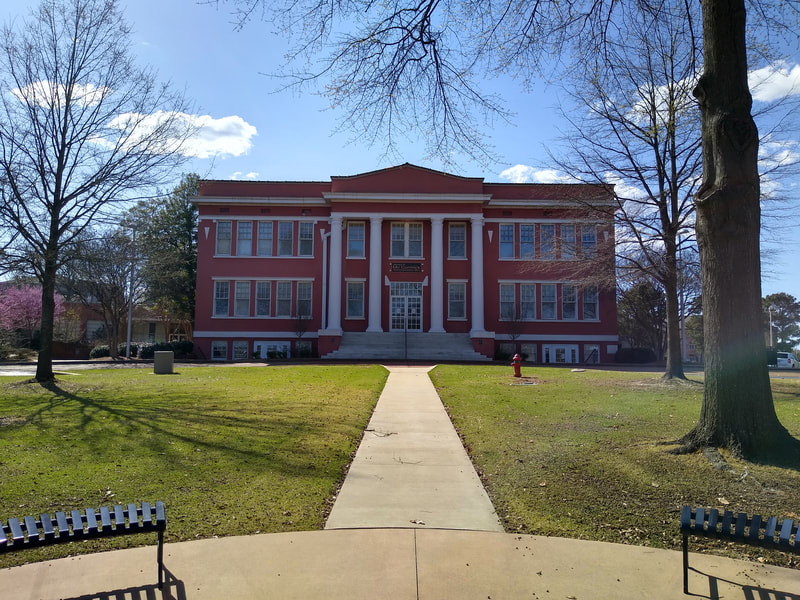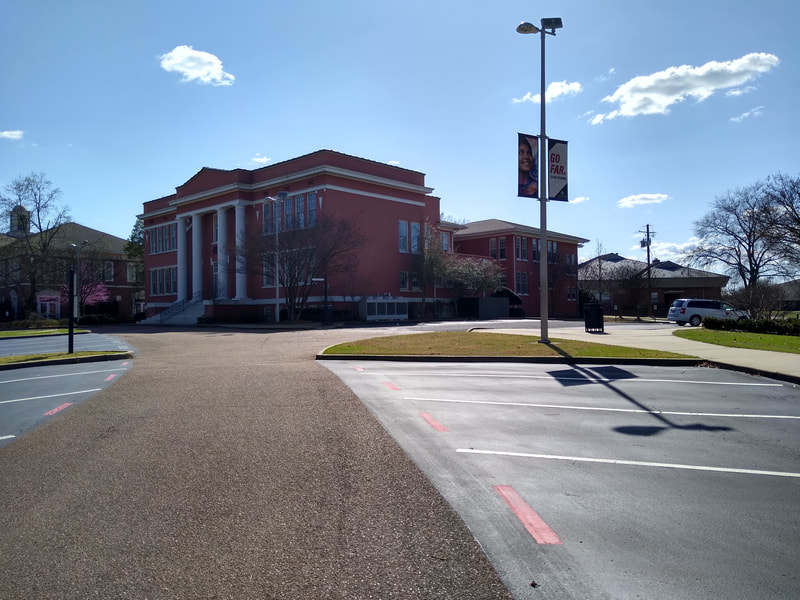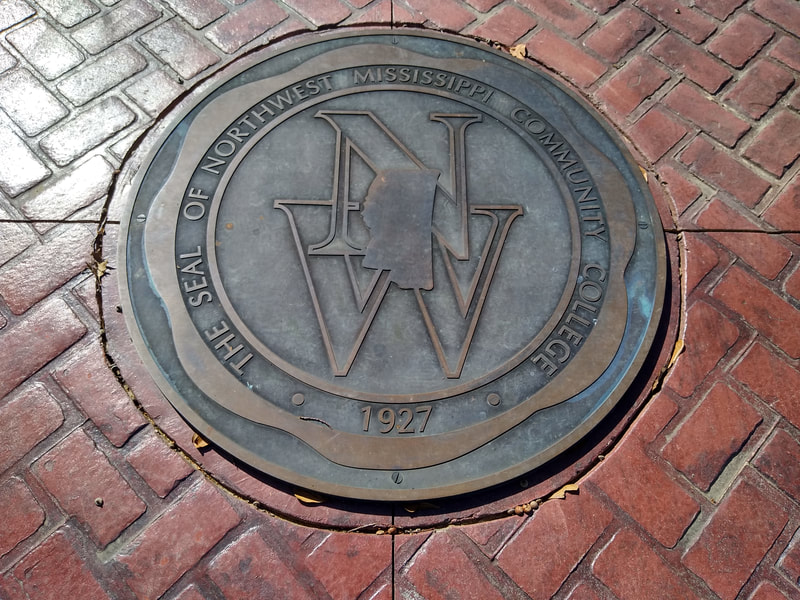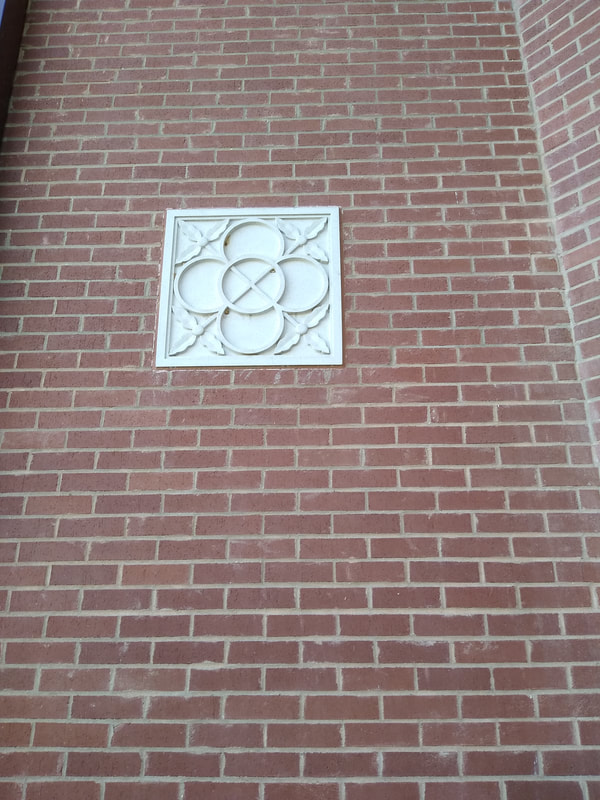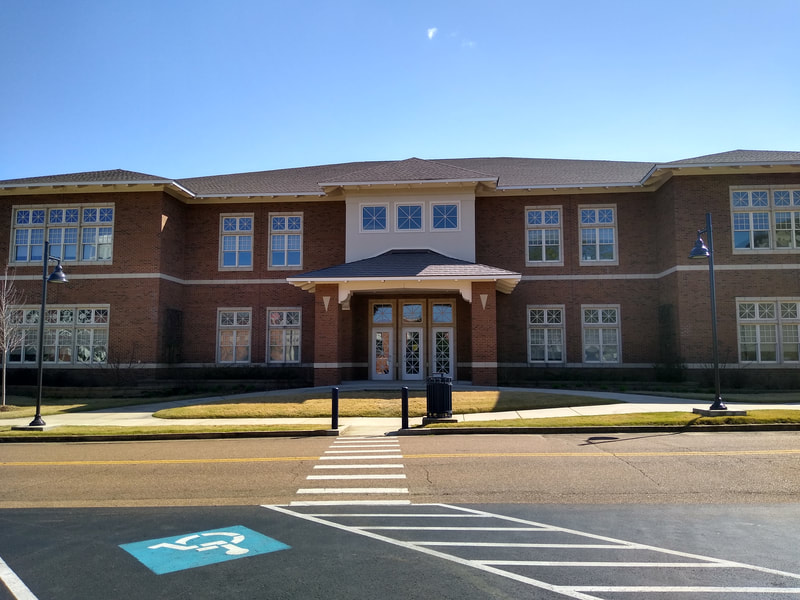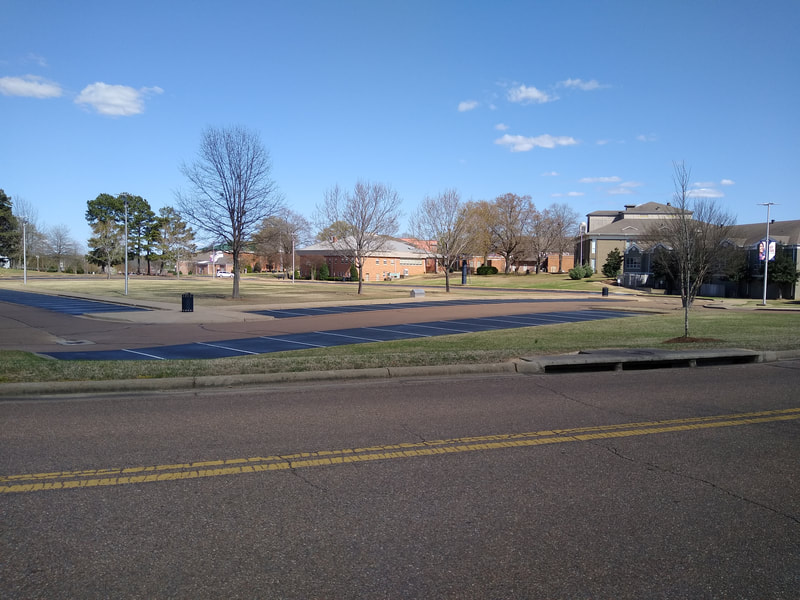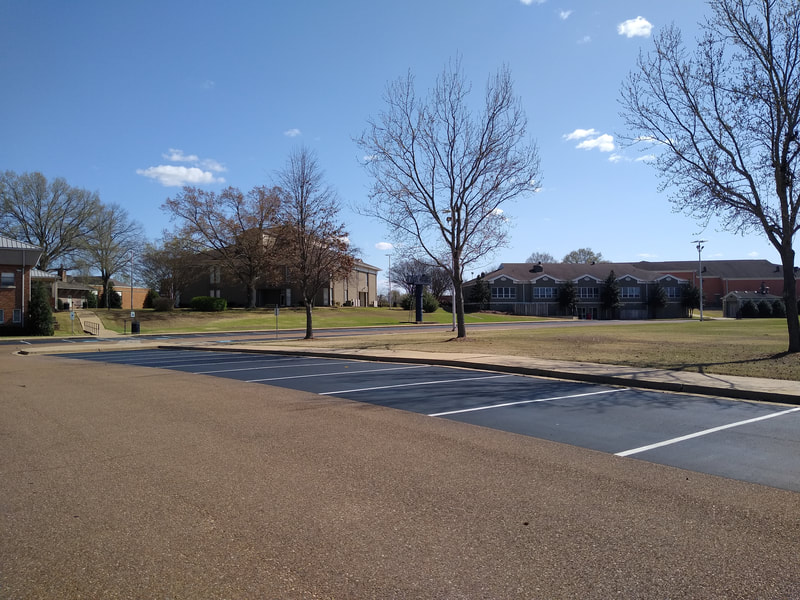University Grounds
Menu
University grounds
|
Community colleges play an important part in the nation’s education system. There are over 1,200 community colleges in the U.S., and they enroll more than 12 million students annually. And although I have been associated with higher education in one form or fashion for more than 30 years, I can tell you that most of the people who work (or attend) colleges in the 4-year sector don’t spend a lot of time thinking about community colleges. In many ways, it’s a different world despite the similarity in mission. And to me, that is a real shame. Community colleges play an important, and massive role in higher education. That’s why I wanted to focus this post on a large community college near my home in the Memphis area, Northwest Mississippi Community College (or NWCC). NWCC is four-campus institution with the main location being in Senatobia, MS, a town less than 30 miles south of Memphis, TN. The other campuses are located in Southaven (a city which directly abuts Memphis), Ashland, and Oxford, MS (the home to the state’s flagship institution, the University of Mississippi). In sum, the NWCC has an enrollment of better than 7,100 students (full-time equivalent, or FTE) and well over 5,000 FTE are enrolled at the main campus in Senatobia. To put that number in perspective, there are two private liberal arts schools in Memphis – Christian Brothers University and Rhodes College – which have fewer students combined (about 4,000 FTE) than the Senatobia campus of NWCC alone. Today’s entry is the main campus in Senatobia. I visited NWCC this month on a wonderfully warm spring day in March. I visited on the weekend and the buildings were locked, so I was unable to see the interior of any of them. The NWCC campus in Senatobia is unique for the institution in that it has residence halls which, prior to COVID-19, housed some 1,100 students. It is the only NWCC campus with housing. Currently, NWCC has nine residence halls and is in-process with developing a new one. I lived in Virginia for well over a decade before coming to the Memphis area, and there are no residential community colleges there. In fact, the most recent report by the American Association of Community Colleges (AACC; 2015) noted that only about 28% of community colleges have student housing. The college also competes in intercollegiate athletics, with five men’s and five women’s sports. The campus sits on roughly 190 acres which, if you go back to an earlier post, is larger than the campus of the University of Denver. In addition to the main campus, NWCC operates a teaching farm of some 390 acres nearby. NWCC has its roots in the Tate County Agricultural High School which opened in 1915. College level classes were offered in 1926. The state of Mississippi encouraged the growth of the institution, and along with the leadership and support of Porter Walker Berry, it became a junior college in 1928. The year it opened 58 students enrolled and the faculty numbered 10. I hope NWCC and the state of Mississippi plan something special for the centennial in 2028! Porter Walker Berry was the inaugural president of the institution, serving in that capacity from 1928 until his death in 1935. First up is the R.C. Pugh Library. Roscoe Conklin Pugh was the second president of NWCC, serving in that capacity from 1936 until 1953. The library has roughly 90,000 volumes and includes a small law collection. It was constructed in 1952 at an expense of $778,486 (that's more than $7.7 million in 2021 dollars). The first two photos below are the south entrance and the last is the north entrance. An addition to the building was completed in 1968 which nearly doubled the size of the structure. Next up is the Tunica Building. The Tunica Indians were native to the northern part of Mississippi. Tunica is the name of both a county and its county seat in Mississippi. The Tunica Building was completed in 1975 and for many years housed the nursing program Next is the Fine Arts Complex, consisting of connected structures for Art, Band, and an Auditorium. NWCC has had a marching band - the Northwest Ranger Band - since 1954. Next door to the Auditorium Building is a newer Art Building. The Berry Building, in the first photo below, opened in 1966. It was named for Porter Walker Berry, the first President of NWCC. For a time, the Business Department was located there. It now houses career and vocational education programs. There are three buildings called “Technical Education”. Technical Education 1, in the second photo below, opened in 1961. On the right side of this photo you can see part of the McLendon Center, detailed below. The photos below are of the McLendon Center, the student union for NWCC. I believe the part seen in the first photo is the original portion of the building, and the second of the addition. McLendon is named for Reese Dermont McLendon, the fourth president of the college. McLendon had previously served as president of Pearl River Community College (then Pearl River Junior College) in Poplarville, MS. The building opened in the spring of 1969. When it opened, it was the largest student union in the state of Mississippi. It was formally dedicated on October 25, 1969. McLendon retired on June 30, 1974. The McLendon Center would be renovated and expanded in 1988. The building on the left in the foreground of the first photo is Bobo Hall, one of the dormitories on campus. There are many dorms on campus, and I only took a photo of a couple of them. Taylor Hall can be seen in the first photo below. It was named for Henrietta S. Taylor, a member of the NWCC Board of Trustees who was in her 41st year in that capacity when the building opened. Taylor Hall opened in September 1968. In the second photo, the David M. Haraway Center, a mixed use/student athletic center, is in the foreground. Behind it is Taylor Hall, which opened as a women’s only dorm in 1965. The Haraway Center is named for the 7th President of NWCC. The building, opened in 2005, houses a cafeteria, meeting and banquet rooms, a conference center, and meeting rooms for the NWCC Board of Trustees. The building is about 42,000 square feet. The third photo is a better shot of Haraway. One of the newest dorms on campus is a complex of four buildings named Desoto Hall. Seen here in the fourth photo, Desoto is named for Desoto County, which is in the catchment area of NWCC. It is named for the explorer Hernando de Soto. Desoto County is just north of Senatobia, and the Desoto County seat is the town of Hernando. Next we have the Math and Science and Physical Science Buildings in the first three photos below. The building opened in 1984. The McGhee Building, seen here in from the front (photo 4) and rear (photo 5), opened between 1957 and 1959 (I was unable to find out exactly when), and significantly remodeled in 1981. When it opened, it was a cafeteria and field house. It is now an academic building. The next photo is the Lafayette Humanities Building which opened in 1970. Next door to Lafayette is Yalobusha Hall. Financial Aid is located in Yalobusha, but I don’t know anything else about it. I believe other student support offices are in the building. Yalobusha is a county in Mississippi in the NWCC catchment area. The Native American word yalobusha means “tadpole place”. The photos below are of the McCormick Building. I believe McCormick is original to the campus when it opened (I may be wrong about that). The building has an addition in the rear which was added in 1938 at a cost of $120,000 (roughly $2,285,827 in 2021 dollars), with funding coming from Tate County (where NWCC/Senatobia is located) and the Federal government’s Public Works Administration. The building is an administration building, and it may be that the NWCC President's Office is in the building. McCormick came to NWCC as a faculty member in business in 1949. He was later Chair of the Business Department, then Dean of Instruction, Dean of the College, and finally President. The last photo in this series is the NWCC seal in the sidewalk seen in the second photograph. Next up is Tate Hall, an administration building. If McCormick is not the home to the NWCC President’s Office, I imagine Tate Hall is. It is the newer of the two buildings by far, having opened in 2003. The building is not the first NWCC structure to carry the “Tate Hall” moniker. The original women’s dormitory on campus carried that name as well. Senatobia is the county seat of Tate County. The county is named for Thomas Simpson Tate, an early settler of the area. Next, we have the Gary Lee Spears Center for Nursing and Health Sciences. It's really two adjacent structures. In the first photo, you have the Nursing Building, and in the second the Health Sciences Building. Spears was President of NWCC. I'm not sure what this little structure is, but it is reminiscent of a railroad station. It shows up on the NWCC campus map, but there is no name for it and I could find no mention of what it is on the college website. Finally, a few campus photos. First is the Band Practice Field, just beyond the parking lot in the photo. In the second, you can see the band director’s stand. The campus itself is quite nice. It is gently rolling and has some nice green spaces to it. Lastly, the college slogan on a lamppost sign. I like it “Go Far. Close to Home.” The first one is near McLendon, the second on the south side of Tate.
0 Comments
Your comment will be posted after it is approved.
Leave a Reply. |
AboutUniversity Grounds is a blog about college and university campuses, their buildings and grounds, and the people who live and work on them. Archives
February 2024
Australia
Victoria University of Melbourne Great Britain Glasgow College of Art University of Glasgow United States Alabama University of Alabama in Huntsville Arkansas Arkansas State University Mid-South California California State University, Fresno University of California, Irvine (1999) Colorado Illiff School of Theology University of Denver Indiana Indiana U Southeast Graduate Center Mississippi Blue Mountain College Millsaps College Mississippi Industrial College Mississippi State University Mississippi University for Women Northwest Mississippi CC Rust College University of Mississippi U of Mississippi Medical Center Missouri Barnes Jewish College Goldfarb SON Saint Louis University Montana Montana State University North Carolina NC State University Bell Tower University of North Carolina Chapel Hill Tennessee Baptist Health Sciences University College of Oak Ridge Freed-Hardeman University Jackson State Community College Lane College Memphis College of Art Rhodes College Southern College of Optometry Southwest Tennessee CC Union Ave Southwest Tennessee CC Macon Cove Union University University of Memphis University of Memphis Park Ave University of Memphis, Lambuth University of Tennessee HSC University of West Tennessee Texas Texas Tech University UTSA Downtown Utah University of Utah Westminster College Virginia Virginia Tech |

